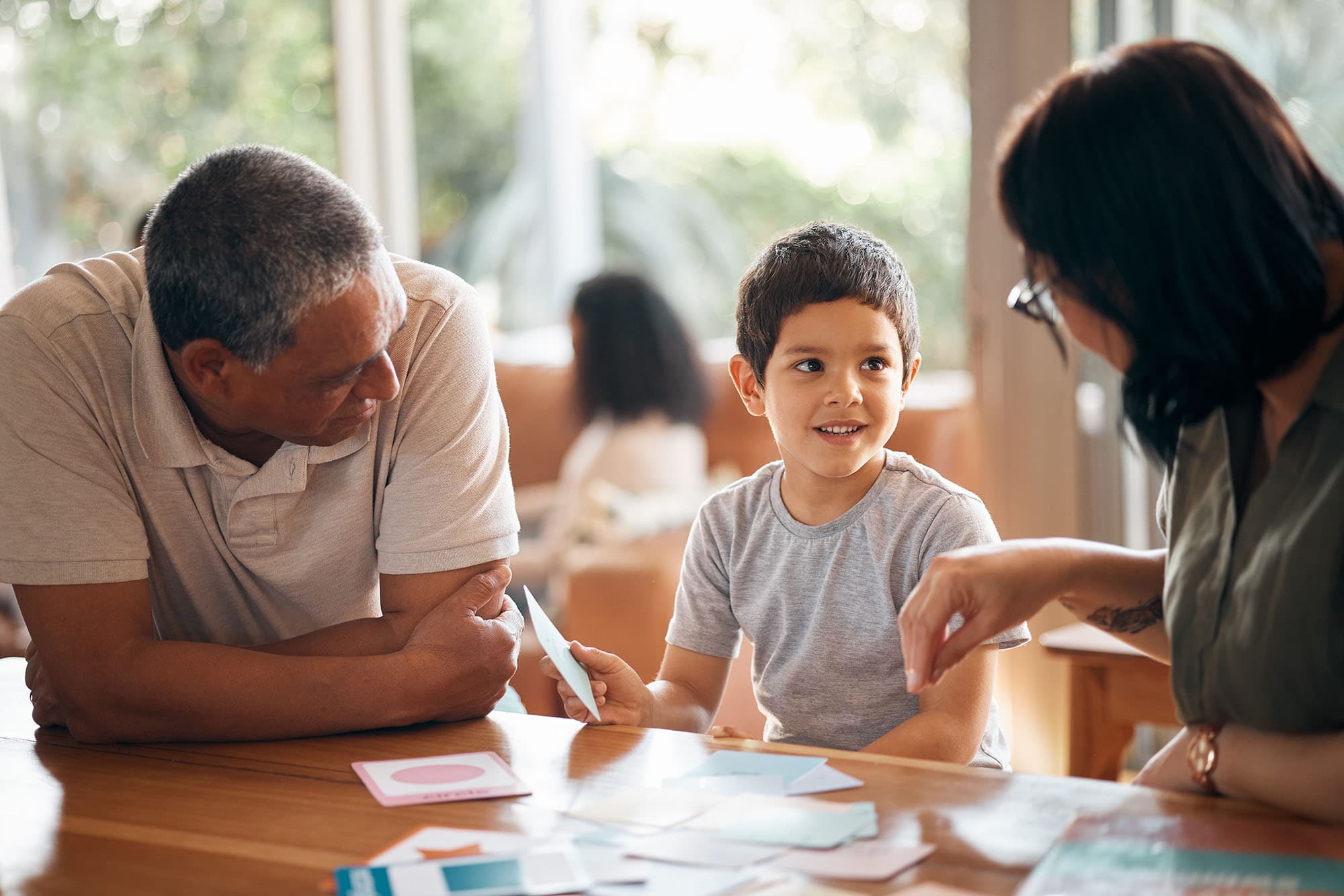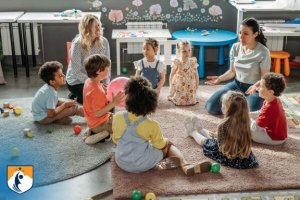
Balancing Structure and Unstructured Play: A Teacher’s Perspective for Parents
Setting Limits and Listening: A Teacher’s Perspective for Parents
As an early childhood educator for more than 15 years, I’ve seen firsthand the transformative power of setting limits and how listening can make an impact in young children’s lives. These two tools work hand-in-hand to create a safe, loving, and respectful environment for your little ones to grow and thrive.
 Setting Limits:
Setting Limits:
Children need boundaries to feel secure, build successful relationships, and learn effectively. Setting limits is about saying ‘no’ to your child warmly and lovingly, holding firm, and listening to their emotions. It’s not about discipline, but about helping them process their feelings and heal from any disappointment.
Stay Listening:
After setting a limit, simply listen to your child’s emotional outburst until they recover. Don’t solve the problem for them, offer advice, or lecture. Trust your child to figure things out and recover on their own. This builds trust and shows them you’re there not just in good times but also during tough moments.
Example from My Life:
My son was having trouble going down for his nap despite being tired. After trying different comforting methods, I realized it was time to set a limit. I told him I’d give him some space to sleep, which led to a flood of tears and eventually, through a conversation, he expressed he was upset about something that happened at school. After releasing those emotions, he was able to sleep peacefully.
Why It Works:
This approach helps children release built-up emotions, leading them back to their happy, flexible selves. You’ll notice them relax, become happier, and your connection with them will grow stronger. They learn that you, their caregiver, are a safe space for them to express all of their feelings.
Remember, being there for your child in this way is like being that trusted friend who lets you vent, cry, and feel lighter afterward.
Let’s create safe, loving spaces for our children to express themselves and grow.
 The Vital Role of Play
The Vital Role of Play
We know play is essential for toddlers, who are naturally inclined to experiment and explore. It is through play that children learn about themselves and the world around them. However, what might be overlooked? Unstructured play. Psychologists say, a wealth of research shows that unstructured play—play that isn’t organized or directed by adults or older peers and that generally doesn’t have a defined purpose or outcome—is a fundamental necessity for children to thrive physically, emotionally, mentally, and socially.
“We are never more fully alive, more completely ourselves, or more deeply engrossed in anything than when we are playing.” -Charles Schaefer, Psychologist
Unstructured play is particularly beneficial, as it allows toddlers to develop a range of skills:
- Motor Skills: Play helps refine both fine and gross motor skills.
- Social and Emotional Skills: Through play, children learn to navigate social interactions and manage their emotions.
- Creativity and Problem-Solving: Play provides a space for creativity and helps develop impulse control, frustration tolerance, and problem-solving abilities.
In essence, play is where true learning happens in the early years.
 Tips for Encouraging Play:
Tips for Encouraging Play:
To help your child get the most out of their playtime and to foster independent play, consider these three tips:
1. Avoid Interrupting
When your child is deeply engaged in play, refrain from interrupting them with questions or requests. These moments are precious opportunities for them to immerse themselves in their activities and learn. Observe quietly and allow them to focus on their play.
2. Create Opportunities
In our busy lives, unstructured playtime is often reduced. Make a conscious effort to avoid overscheduling your child’s day. Provide ample time for them to experiment and explore through play. This free playtime is crucial for their development and creativity.
3. Open Ended Toys
Open-ended toys are toys that can be played with in multiple and varied ways. Selecting toys that are open ended will elongate the child’s interest because they can be used in a variety of ways: blocks, art supplies, nature items, dress up clothes. Magna tiles- are some examples of open ended toys children can play with from baby to toddler to preschooler to elementary schooler.

